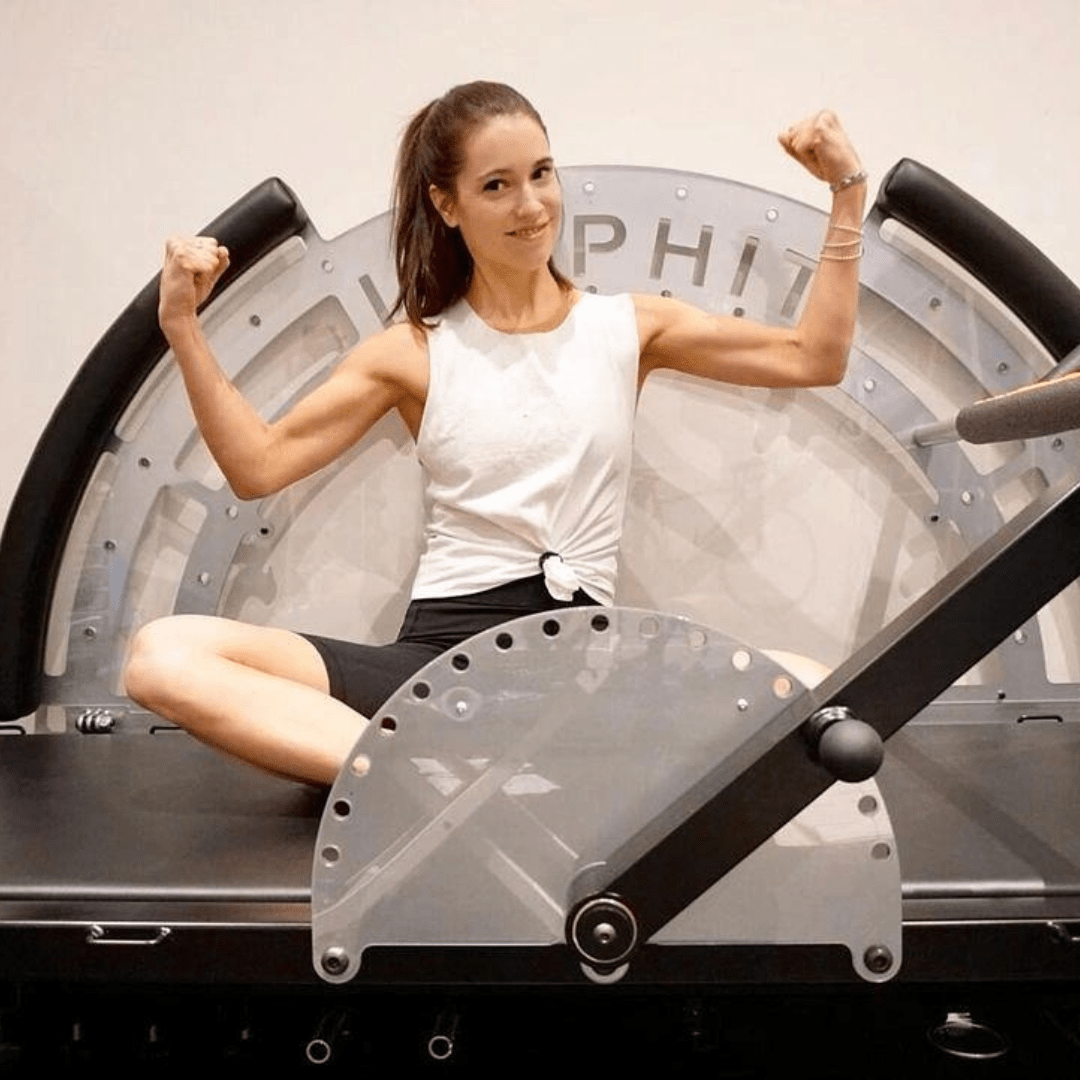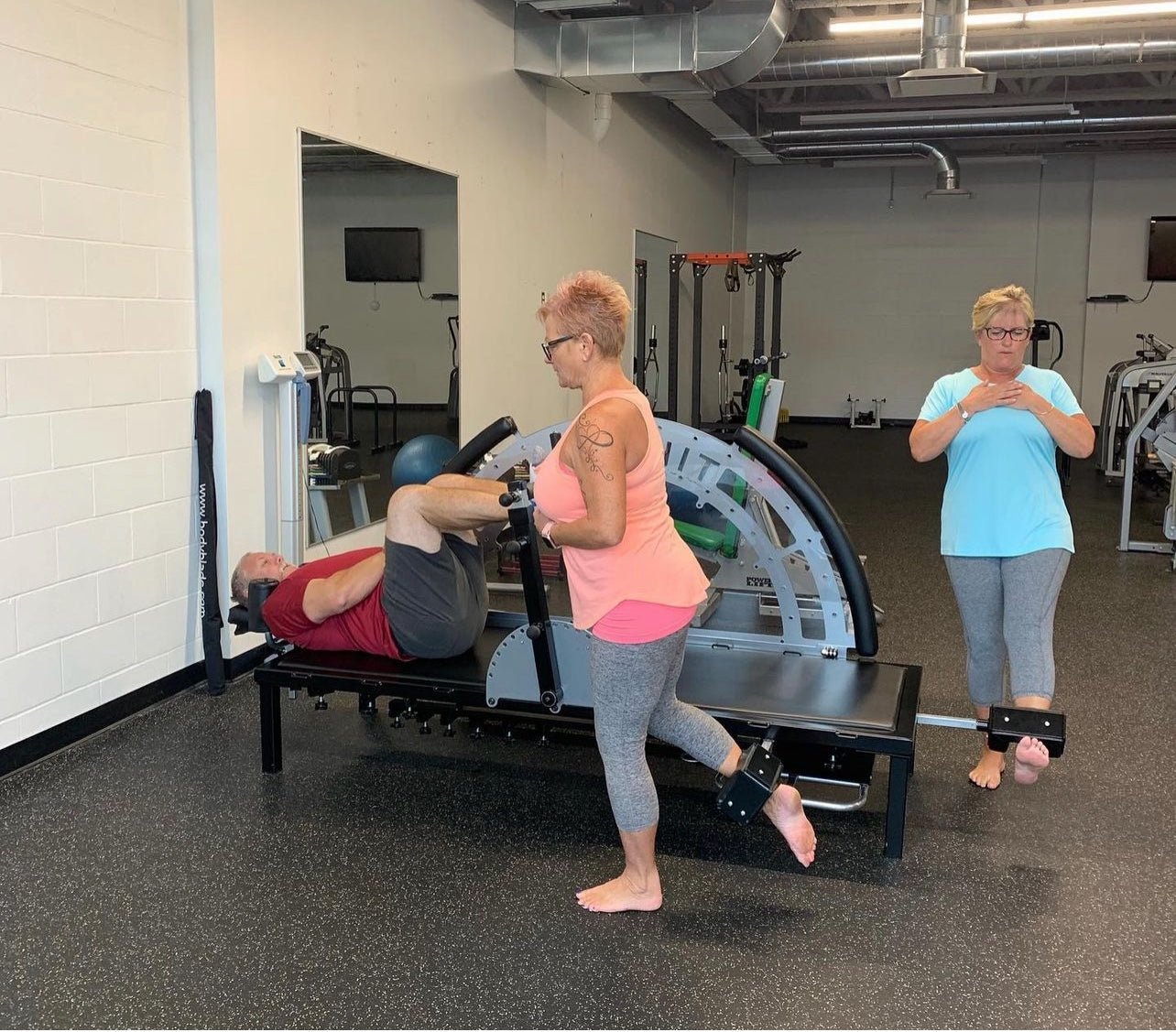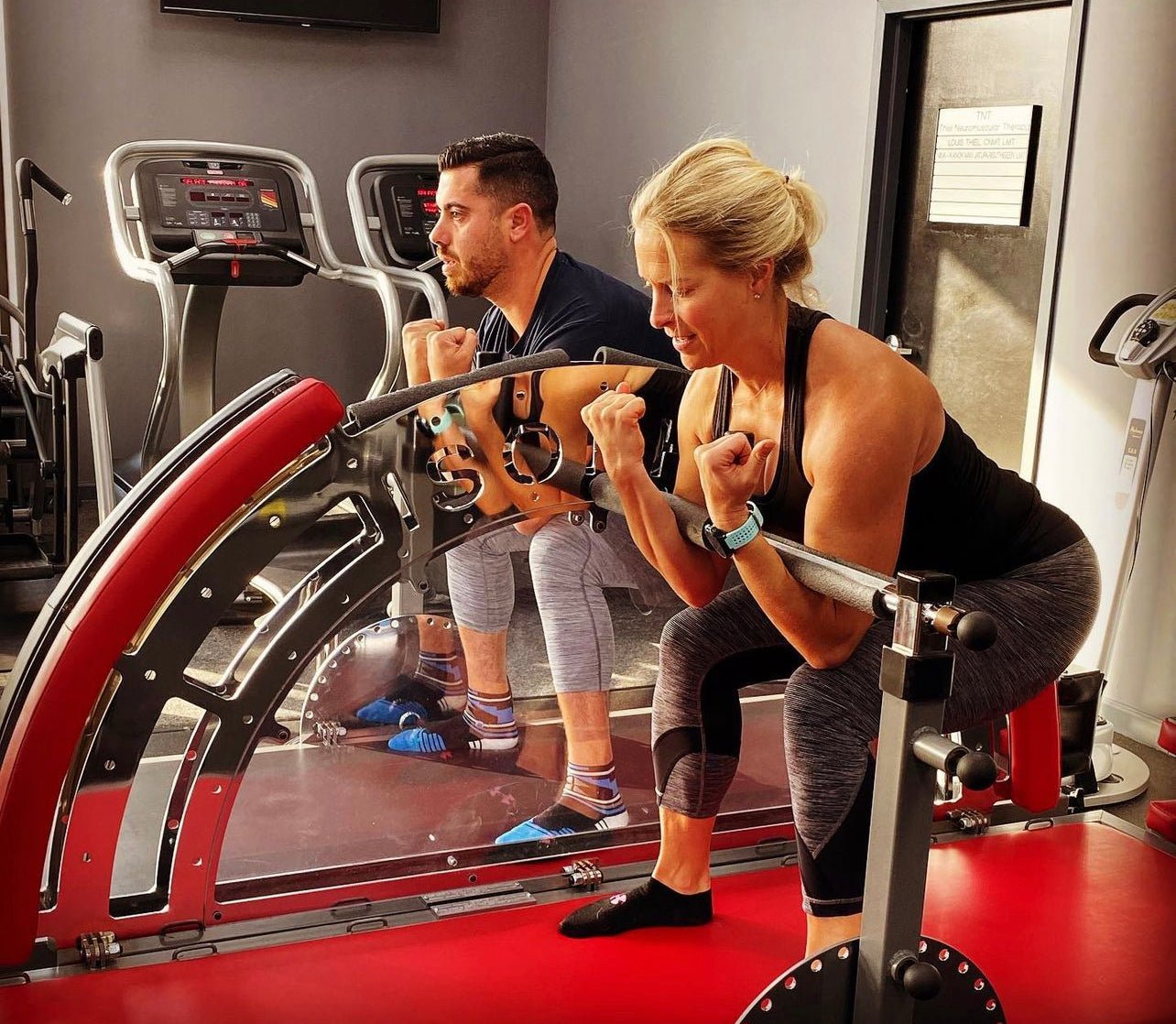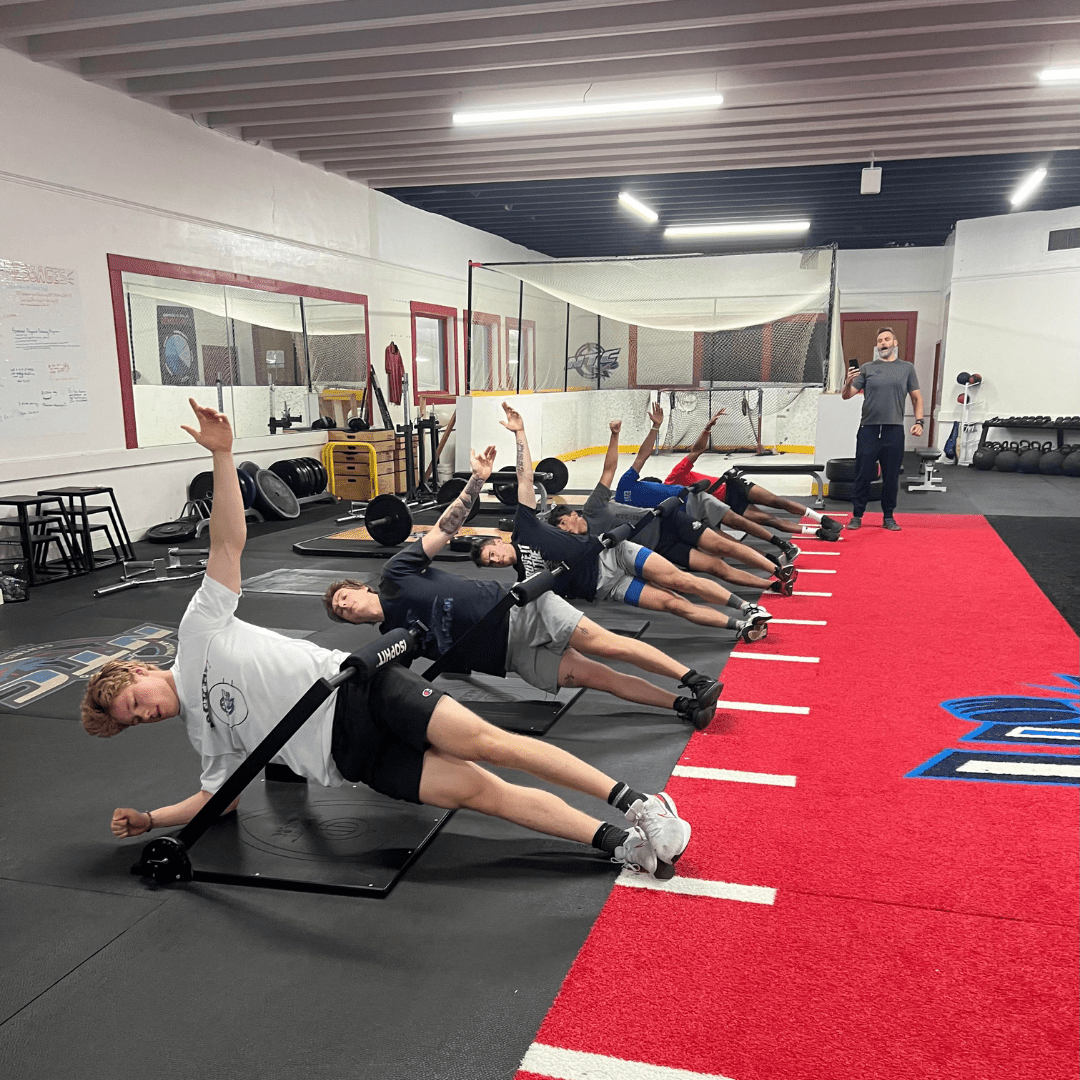Micro instability of the hip, also known as hip microinstability, is a condition characterized by abnormal hip motion that causes pain and instability in the joint. This condition has gained recognition as a potential cause of pain and disability, particularly in young performers and athletes engaged in activities that place repetitive stress on the hip joint. Let's explore the underlying causes of microhip instability and consider whether recent emphasis on mobility training and isometric strength training may play a role in its development and treatment.
1. Anatomic Abnormalities: Some individuals may have underlying bony irregularities or structural abnormalities in the hip joint, leading to increased femoral head movement within the acetabulum. These anatomic variations can predispose the joint to instability.
2. Ligamentous Laxity: Inherent ligamentous laxity or looseness in the hip joint capsule can compromise joint stability during movement.
3. Repetitive Microtrauma: Athletes involved in sports with repetitive hip joint rotation and axial loading, such as golf, figure skating, gymnastics, ballet, martial arts, football, tennis, and baseball, may be at higher risk of developing microhip instability due to repetitive microtrauma.
4. Iatrogenic Injuries: Injuries to the hip capsule caused by medical procedures or interventions can disrupt joint stability and contribute to microinstability.
5. Connective Tissue Disorders: Patients with connective tissue disorders may experience ligamentous laxity and increased joint mobility, making them susceptible to hip microinstability.
When it comes to Microhip Instability in Performers and Athletes. Is the Recent Emphasis on Mobility Training a Contributing Factor?
The proposed pathomechanism of hip microinstability suggests that repetitive hip joint rotation, axial loading, and forced stretching are common in mobility training and certain sports, may contribute to its development. The emphasis on increasing joint mobility without adequate attention to stabilizing muscles may lead to microinstability issues in susceptible individuals. While mobility training can be beneficial for overall flexibility, it does create laxity, and impair muscle activation rates. Therefore it is crucial to strike a balance between mobility and stability to prevent potential joint issues.
Can Isometric Strength Training be the Solution?
Considering the potential role of poor isometric muscle strength in hip microinstability, isometric strength training may hold promise as a solution. Isometric exercises target specific muscles without joint movement, aiming to enhance stability and reduce excessive hip joint motion. By focusing on strengthening the muscles around the hip and core isometrically, isometric strength training can improve joint strength and stability, which may aid in managing or preventing microhip instability.
Read More: Microinstability of the hip: a previously unrecognized pathology
Microhip instability is a complex condition with various contributing factors, including anatomic abnormalities, ligamentous laxity, repetitive microtrauma, iatrogenic injuries, and connective tissue disorders. As we explore potential solutions, it is essential to question the recent emphasis on mobility training and its possible role in contributing to hip microinstability. Balancing mobility and stability is crucial for joint health, and incorporating isometric strength training may be a promising approach to address poor muscle strength and improve joint stability. Further research is needed to fully understand the relationship between mobility training, isometric strength training, and microhip instability to optimize treatment and prevention strategies for this condition.
“Having retired from professional figure skating after my 3rd hip surgery. My daily Isophit strength training give me the strength, stability, and confidence I needed to revitalize my professional skating career.”
Alissa Czisny ~ 4x US Figure Skating Champion
For more information on isometric strength training and its significant impact on functional health and performance, visit our website at www.Isophit.com or reach out to me at brad@isophit.com.
Yours in Isometric Strength,
Brad Thorpe
CEO / Inventor
Isophit










Share:
Isophit: Could Isometric Strength Training Reduce the Risk of Alzheimer’s Disease?
Isophit: Optimize Muscle Strength and Injury Prevention.